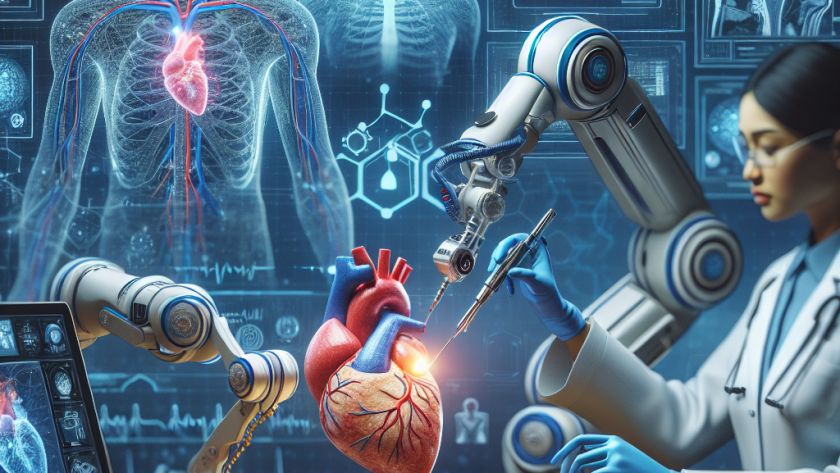MIT's Computer Science and Artificial Intelligence Laboratory (CSAIL) researchers, in collaboration with the MIT-IBM Watson AI Lab, have developed a new metric, the "minimum viewing time" (MVT), to measure the difficulty of recognizing an image. The researchers aimed to close the gap between the performance of deep learning-based AI models and humans in recognizing and…












